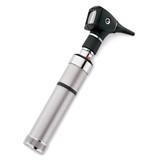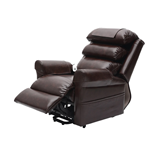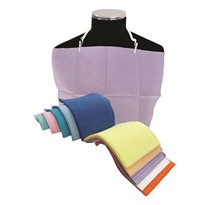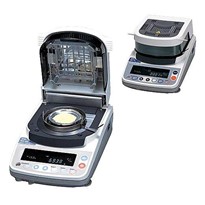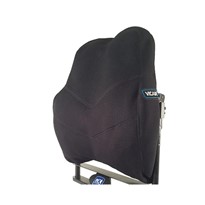Selecting technology to make life a little easier can be tricky. Apart from financial considerations, there's the added dilemma of wondering whether the device will actually help.
Such products are broadly known as assistive technology (AT) because they help a person complete a task or function otherwise difficult or impossible. The label applies to a range of devices of varying complexity, both off the shelf and custom made
Taking the difficulty out of choosing the right AT is a new book from HammondCare. The resource has come out of a recent AT study assessing the needs of carers in the community.
The importance of understanding the needs of carers was a key outcome of the study, says occupational therapist Meredith Gresham, senior consultant - research and design, at HammondCare's Dementia Centre. It involves: looking for suitable technology; introducing the person to the technology; and considering how they're going to interface with it.
"Once you've understood the person's reactions and their willingness to then interact with this technology, you can be confident that the technology will actually do what you want it to," Gresham says.
Helpful handbook
Assistive Technology: assisting older people to stay at home is a step-by-step guide to choosing the best AT. It's been written for the older person or their adult children, who may be looking to provide a parent with some new technology.
The handbook explains what assistive technology is and how it might help, including a section for people living with dementia. It also looks at broad ethical issues, such as replacing human contact with technologies.
The book details the ATs sourced and trialled in the project, split into four categories: getting around; staying engaged with life; safety and wellbeing; and maintaining independence and assisting with care needs. At the back, is a self-assessment checklist for carers.
"It's a step-by-step way of helping people independently choose a technology and feel confident that they've been through the thought processes needed to select something that is probably going to make a difference," Gresham says.
The checklist provides a list of questions on things to think about, including total costs.
"Initially, bright shiny technology might sound great. But when you add up ongoing or maintenance charges or broadband charges, the product becomes a lot dearer," Gresham says.
The 'Assistive technology, assisting older people to stay at home' handbook is free to download.




